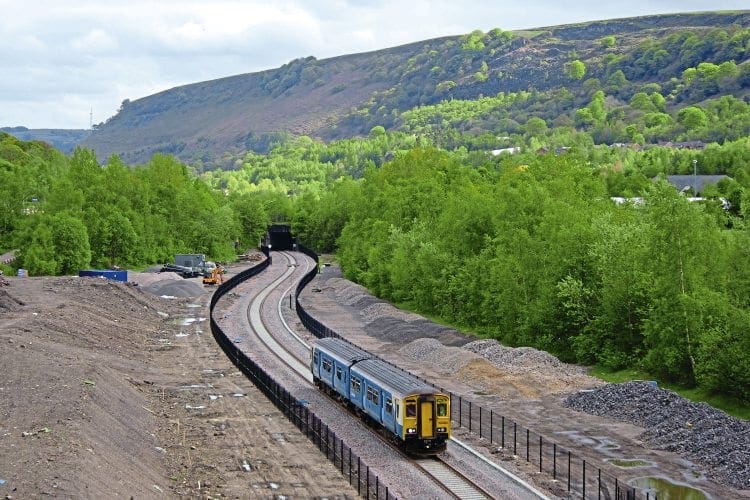Whoever wins the next Wales and Borders franchise will be a key part of developing an integrated transport system around Cardiff and Newport, as Robin Whitlock reports.

In November 2015, Welsh First Minister Carwyn Jones said of the proposed South Wales Metro: “It is an ambitious project linking people and jobs across South Wales in a fast, efficient and environmentally positive way. The Metro is far more than just a transport project. It will be a catalyst for transforming the economic and social prospects of south east Wales and the country as a whole.”
This hugely exciting project is aiming for a complete rejuvenation of the area around the country’s capital, based upon a targeted modernisation of the region’s transport infrastructure, particularly rail.
Enjoy more Rail Express Magazine reading every month.
Click here to subscribe & save.
When complete, it will consist of a network of heavy rail, light rail and bus services serving south east Wales. Cardiff Central will be a transport hub, including plans for rapid travel schemes in the city, as well as new urban rail routes between the centre and its north west periphery.
The overall aim is to reduce journey times to a maximum of 40 minutes from the edge of the network to Cardiff, where the project would link in with the South Wales Main Line, with a maximum waiting time of 15 minutes at the periphery and five minutes at the core.
Railways in South Wales suffered terribly from the closures of the 1960s, in part fuelled by the Beeching Report of 1963. In total, 189 stations were earmarked for closure across Wales, with many lines across the country completely ripped up. This was in addition to another 166 stations already scheduled for closure before the publication of the report.
Read more in January’s issue of Rail Express




